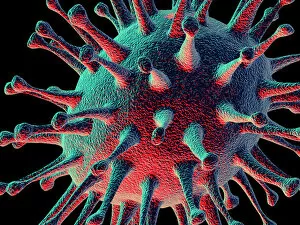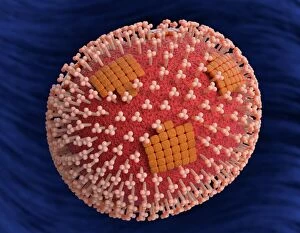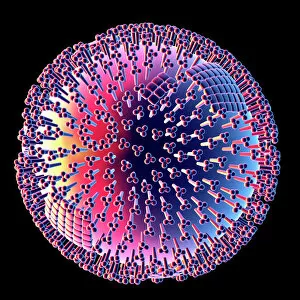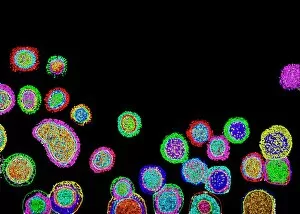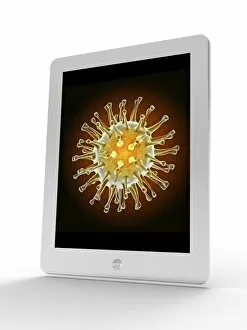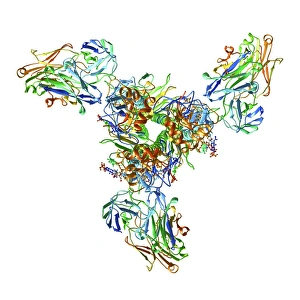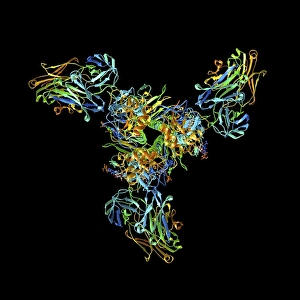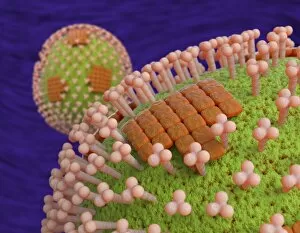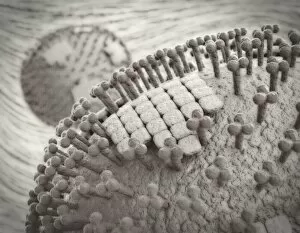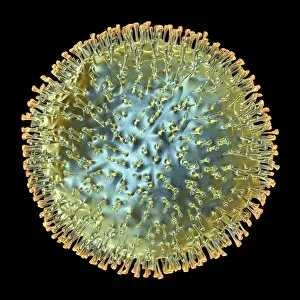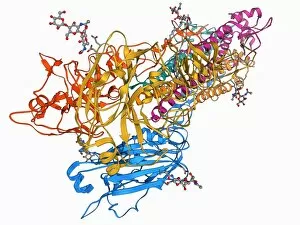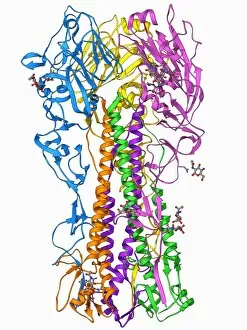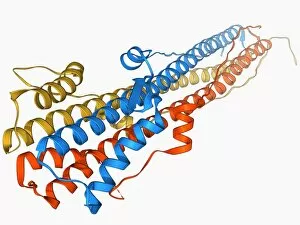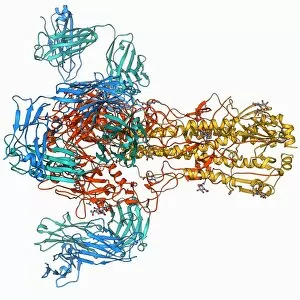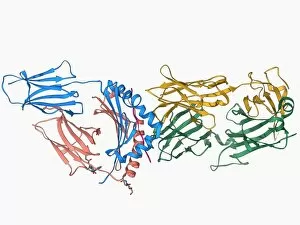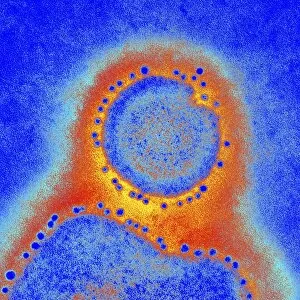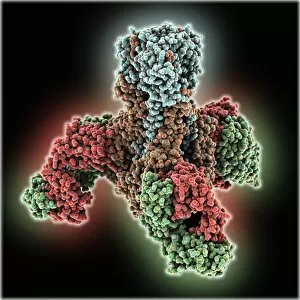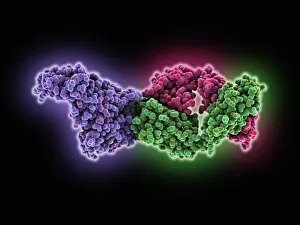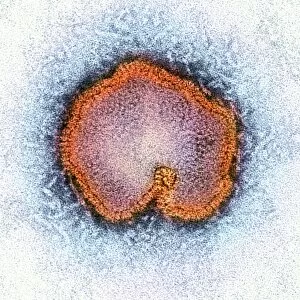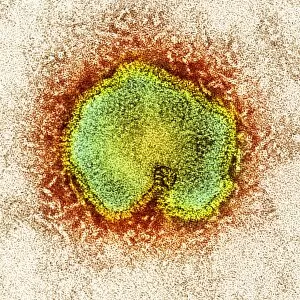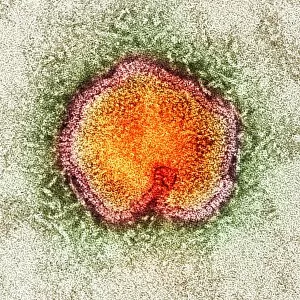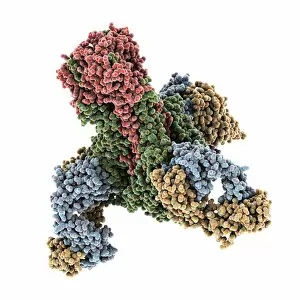Haemagglutinin Collection
"Unveiling the Haemagglutinin: A Key Player in Avian Flu Virus" In the microscopic world of influenza viruses
All Professionally Made to Order for Quick Shipping
"Unveiling the Haemagglutinin: A Key Player in Avian Flu Virus" In the microscopic world of influenza viruses, one protein stands out as a crucial player - haemagglutinin. Found on the surface of avian flu virus particles, this viral surface protein plays a significant role in their ability to infect and spread. Captured through intricate artwork (F008 / 3245), we get a glimpse into the complex structure of these flu virus particles. With computer-generated imagery (CGI) showcasing an influenza virus particle (F006 / 6309), we can appreciate its intricate design even further. But what makes haemagglutinin so special? This viral surface protein possesses remarkable abilities that allow it to bind with host cells, particularly those found in birds. By doing so, it enables avian flu viruses to enter and infect these feathered creatures. However, haemagglutinin's impact extends beyond just birds. Through captivating TEM images (transmission electron microscopy), we witness its presence on flu virus particles (F008 / 3244). These images highlight how this protein acts as a key determinant for human infection by facilitating entry into our respiratory cells. As technology advances, our understanding deepens. A tablet computer displaying MRI brain scans reminds us that studying haemagglutinin is not limited to laboratory settings alone; it holds immense importance for public health worldwide. With detailed depictions viral surface proteins (F007 / 9932 & F007 / 9931), we gain insight into their structural variations across different strains of influenza viruses. Such knowledge aids scientists in developing effective vaccines and antiviral medications against these ever-evolving pathogens. Through mesmerizing artwork (F008 / 3242 & F008 / 3243) capturing various forms of flu virus particles, we are reminded of the constant threat posed by these microscopic entities.

